Pineapple is a herbaceous plant with hard, fleshy leaves collected in a large rosette growing up to a meter or more. Its homeland is the arid plateaus of Brazil. Tufted pineapple became the progenitor of almost all cultivated varieties bred by breeders. Pineapples are grown in regions with warm tropical climates.In temperate latitudes, lovers of exotic plants plant it both in greenhouses and at home.
|
With a competent approach to growing pineapples, you can get tasty fruits at home. |
| Content:
|
How to root a crown from a purchased pineapple:
Below we provide step-by-step tips for growing pineapples from the top. The upper part of the pineapple “crown” is collected into a rosette of small leaves, in the center of which there is a growing point. By planting the rooted top, with proper care you can get an adult fruit-bearing plant.
STEP 1. Purchase of planting material
The best time to buy pineapple is late spring and summer. In winter and early spring, there is a high probability of acquiring a fruit with a frozen top. When choosing a pineapple, it is important to pay attention to the condition of the leaves in the “crown”.
|
The leaves should be free of spots, without signs of rot and “sit” tightly in the rosette, especially those in the center. |
It is advisable to even tug on them and make sure that they are holding tightly. If the leaves are easily pulled out, the process of rotting has begun. Such a top is not suitable for rooting.
STEP 2. Preparing the top for rooting
The “crown” needs to be carefully unscrewed from the pineapple.
|
Twisting the top of the head |
If the process is difficult, you can cut it off with a knife at the very base of the fruit. Clean the bottom of the crown from loose parts of the pulp and remove all leaves to a width of about 2 cm. Roots will sprout at this point.
|
If you can’t unscrew the top, you can cut it off |
Experienced exotic growers advise drying the cut a little for 3-5 days to prevent rotting.
STEP 3. Rooting the crown in water
For successful rooting, you need to choose a glass or jar so that the top of the head sits without touching the bottom.
|
Pour enough water so that only the stripped part is submerged literally a couple of millimeters. |
Leaves should not be in water to avoid rotting. It is better to use boiled or settled water at room temperature. You can put a couple of tablets of activated carbon on the bottom.
|
Rooting occurs in 2-3 weeks |
Place the container with the “crown” in a warm, bright place and change the water every two days. After 2-3 weeks, roots should appear.
STEP 4. Planting the rooted crown in the ground
When the roots grow to 5 mm, you can start planting. Do not delay landing, because... overgrown roots are easy to damage when planting.
|
The diameter of the planting pot should be only slightly larger than the diameter of the top and must have drainage holes to drain excess moisture. |
The soil for planting needs light, neutral or slightly acidic. You can prepare the planting soil yourself by mixing equal parts turf soil and humus, and adding two parts sand or perlite. Ready-made soil is suitable for use with succulents and cacti. You can take universal soil and add sand or perlite.
|
Planting the rooted top in a pot |
Pour some soil into the bottom of the pot. Holding the crown so that the roots do not break off, carefully add soil from all sides. Bury only the part cleared of leaves into the ground. Pour a little lukewarm boiled water and place in a bright, warm place.
If the top was planted in moist soil, it is better to water the next day.
How to care for pineapple at home
Lighting
Pineapple really needs an abundance of light. The best places for it are south, south-east and south-west windows. With a lack of light, the plant will develop slowly and if it bears fruit, it will not be soon. Additional lighting, especially in autumn and winter, will help solve the problem.
|
The more sun there is, the better |
Temperature
Pineapple loves warmth. For normal development, the room temperature should be at least 22 degrees. The optimal temperature is 25-30 degrees. If the pineapple lives on a windowsill, then in winter the pot should be covered with insulating material and placed on some kind of stand. Near the window, the temperature in winter is always lower than in the room, and you need to make sure that the earthen lump does not get too cold.
A temperature drop below 16 degrees can lead to the death of the plant.
Watering
For watering, it is good to take boiled or settled water slightly above room temperature. Cold water is stressful for heat-loving exotics. When watering a pineapple, the rule is: it is better to underwater than to overwater. The hard and fleshy leaves of pineapple are able to accumulate and retain moisture, so it easily tolerates drought. In summer you can water it abundantly, but only when the earthen ball dries well.
|
A slight drying out will not harm your exotic plant, but excessive watering will lead to acidification of the soil, rotting of the roots and death of the plant. |
And there is no need to pour water into the center of the outlet. Pineapple grows in home conditions, which differ significantly from natural conditions.Constant stagnation of water in the center of the rosette will lead to the development of rot and the cessation of plant development, because This is where the growing point of the pineapple is located. It is good to wipe the leaves from dust with a damp cloth or take a warm shower, holding the bush at an angle.
In winter, watering is reduced to once a month. The pineapple is relatively dormant and does not need much water. In the autumn-winter period it is necessary to water in small portions as the earthen clod dries completely.
Feeding
As a rule, in spring and summer, pineapple actively develops and needs increased nutrition. At this time, it is advisable to fertilize every two weeks. Organic fertilizers are preferred: vermicompost, mullein infusion. When choosing a mineral fertilizer, pay attention to the ratio of nitrogen, phosphorus and potassium. At the beginning of growth, the pineapple will need more nitrogen, and during the periods of flowering and fruiting, phosphorus and potassium.
|
It is good to use vermicompost for fertilizing. |
When applying fertilizers, the rule applies: it is better to underfeed than to overfeed. Reduce the fertilizer rates specified by the manufacturer several times to avoid overdose. There is no need to fertilize in winter, because... the plant rests and does not need additional nutrition.
How to grow and obtain pineapple fruits in an apartment:
Transfer
The root system of pineapple is fibrous and underdeveloped, so it is better to choose shallow, wide pots for replanting with good drainage holes to drain excess water. The ratio of the height and diameter of the pot is 1:1. It is necessary to replant when the roots have entwined the entire earthen ball, and the plant has become cramped in this pot. For each subsequent transplant, the pot is taken a little larger than the previous one.
Planting immediately in a large container will lead to acidification of the soil and the development of putrefactive processes.
You can prepare the soil for replanting yourself by mixing humus, turf soil, sand or perlite in equal parts. You can add a little zeolite. Transplantation is carried out using the transshipment method. The pineapple, along with a lump of earth, is removed from the small pot and transferred to a larger pot. Add soil, compact and water a little.
|
By following the steps described above, you will most likely be able to grow a fruit-bearing pineapple at home. |
With proper care, flowering will occur in the third or fourth year, because... At home, plant growth and development occurs more slowly than in natural conditions.
If a pineapple does not bloom for a long time, it has not yet grown enough and is not ready to bear fruit. You can feed with fertilizer that contains more phosphorus than nitrogen and potassium. Give more light and warmth. There are ways to stimulate a pineapple to bear fruit: fumigation with smoke, covering it with apples or bananas, which emit ethylene gas. But exotic growers advise not to rush to stimulate flowering, but to wait until the pineapple has grown sufficiently and become stronger.
Pineapple diseases
Excessive watering, low light, and hypothermia of the root system weaken the plant and can lead to the development of fungal diseases.
Powdery mildew manifests itself in the form of white powdery spots on young leaves, which are easily erased, but soon reappear. Affected leaves turn yellow and dry out. The disease spreads very quickly and requires urgent treatment. At home, it is better to use biofungicides against fungal diseases Fitosporin-M, Alirin-B and etc.
Root rot can develop as a result of watering with cold water, stagnation of moisture and hypothermia of the earthen clod. The root system begins to rot. The plant does not receive enough nutrients.
Pests of homemade pineapple
Pests, like diseases, can enter our home along with new plants or a bouquet of flowers. They may also end up in contaminated soil. That is why it is better to keep purchased plants in quarantine, having previously sprayed them against diseases and pests, and subjected the soil to heat treatment (steamed, calcined).
Common pests: scale insects, mealybugs, spider mites.
Shchitovka covered with a gray or brown shell up to 4 mm in size. Insects attach to the leaf and feed on the sap of the plant, secreting a sticky honeydew. Adults in the form of plaques sit motionless, but the “vagrant” larvae quickly spread over all neighboring plants. A sticky coating on the leaves may indicate that scale insects have settled on your pineapple.
|
This is what scale insects look like on house plants |
Using a toothbrush and soapy water, wash all the leaves, removing any attached scale insects. Rinse the plant under a warm shower. Thus, we will destroy the adults and some of the larvae. But clutches of eggs may remain in the soil. Therefore, three such treatments will be required at weekly intervals to kill all offspring.
Insecticides with systemic action are effective in the fight against scale insects: Aktara, Confidor, Golden Spark, etc. The prepared solution is watered over the plant. It is absorbed by the roots from the soil and sent through the vascular system to all parts of the plant. Scale insects, feeding on poisoned sap, die. Complete destruction will require 3-4 treatments.
Mealybug covered with powdery white or pinkish wax and similar to cotton balls. Females reach 5-8 mm. They can be seen on the back side or in the axils of the leaves. Scale insects feed on plant juices, secreting a sweet sticky coating on which a sooty fungus settles.
|
This is what a mealybug looks like |
The fight against scale insects should begin by removing all visible individuals and larvae using a toothbrush or cotton swab. Rinse the plant under a warm shower. Water using systemic preparations against scale insects. Since scale insects and scale insects are relatives, the same insecticides are used to kill them. It is recommended to carry out three treatments with a week break.
It should be noted that the wax coating serves as good protection for the bug from external influences, so spraying with pesticides will be ineffective. Mechanical removal of adults and the use of systemic insecticides are necessary.
spider mite has very small dimensions of 0.2-0.3 mm and is therefore invisible on the plant. You can guess its appearance by the cobwebs and whitish specks on the leaves. The tick reproduces very quickly. It feeds on cell sap, drying out the leaves and weakening the plant.
To combat ticks at home, acaricidal preparations with hazard class 3 or 4 are used ( Fitoverm, Bitoxibacillin, Vertimek ).
The prepared solution is carefully sprayed onto the leaves on all sides, the pot, the soil and all surrounding plants. It is necessary to wash the windowsill and window, because there may also be ticks and their eggs there. Complete destruction will require three such treatments at weekly intervals.
The best prevention is to follow the rules for growing and maintaining pineapple at home.A strong, healthy plant is less susceptible to attack by pests and diseases.
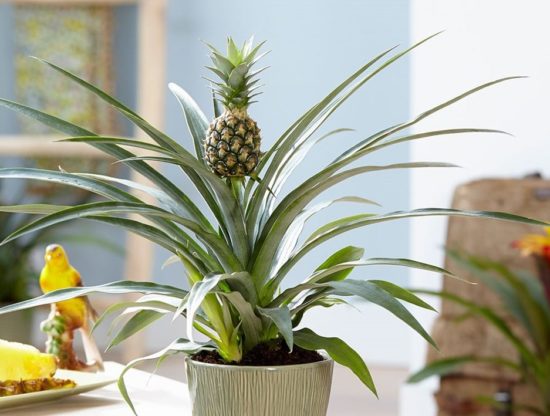
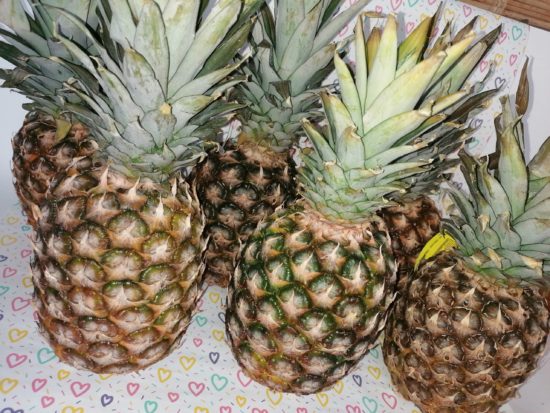
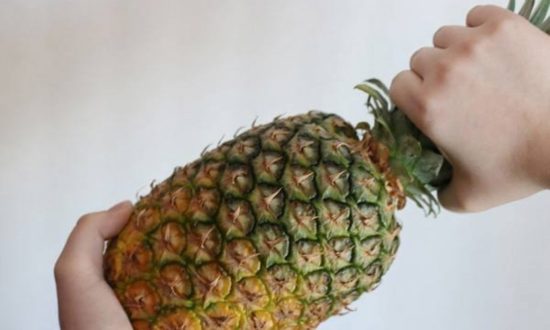

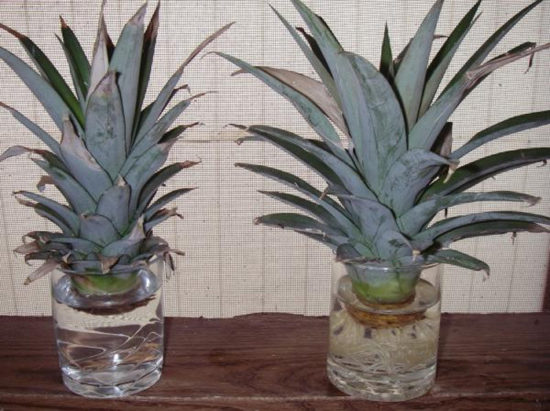
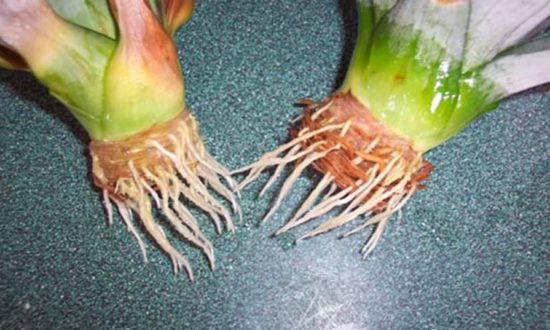
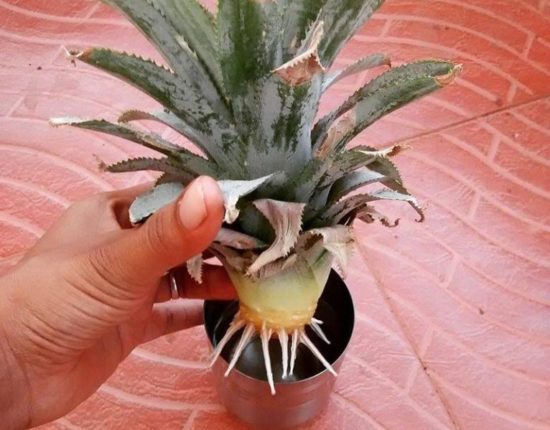
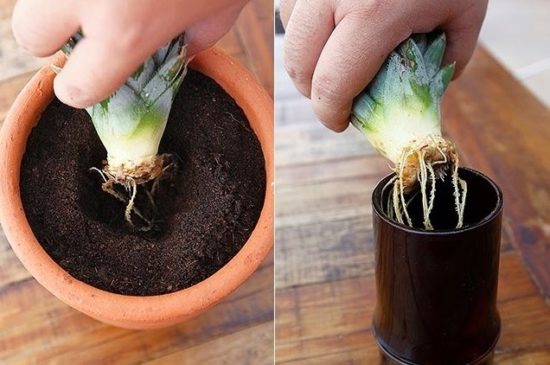
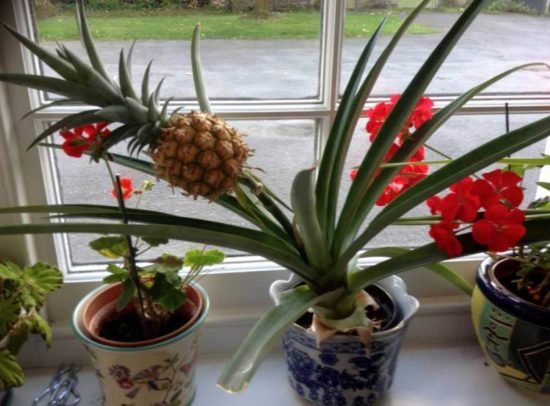

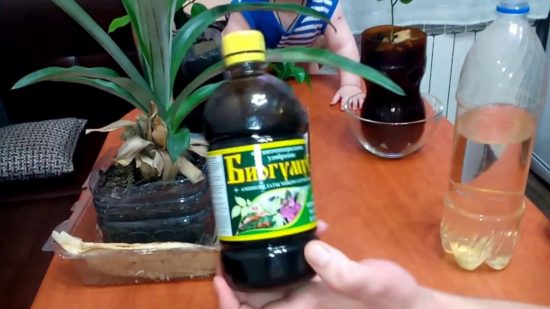
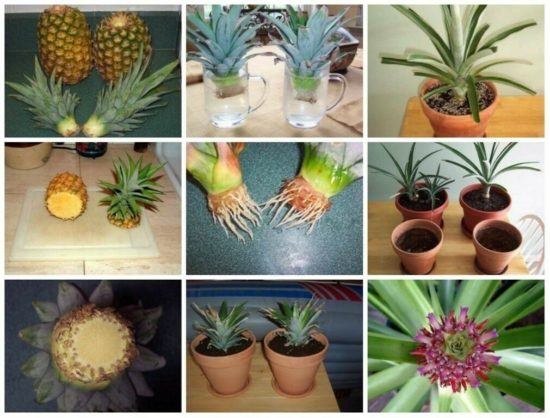
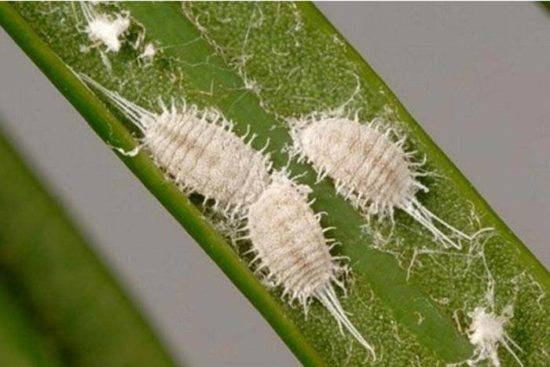

 CUCUMBERS NEVER GET SICK, I'VE BEEN USING ONLY THIS FOR 40 YEARS! I SHARE A SECRET WITH YOU, CUCUMBERS ARE LIKE THE PICTURE!
CUCUMBERS NEVER GET SICK, I'VE BEEN USING ONLY THIS FOR 40 YEARS! I SHARE A SECRET WITH YOU, CUCUMBERS ARE LIKE THE PICTURE! You can dig a bucket of potatoes from each bush. Do you think these are fairy tales? Watch the video
You can dig a bucket of potatoes from each bush. Do you think these are fairy tales? Watch the video
 How our fellow gardeners work in Korea. There is a lot to learn and just fun to watch.
How our fellow gardeners work in Korea. There is a lot to learn and just fun to watch. Eye trainer. The author claims that with daily viewing, vision is restored. They don't charge money for views.
Eye trainer. The author claims that with daily viewing, vision is restored. They don't charge money for views. A 3-ingredient cake recipe in 30 minutes is better than Napoleon. Simple and very tasty.
A 3-ingredient cake recipe in 30 minutes is better than Napoleon. Simple and very tasty. Therapeutic exercises for cervical osteochondrosis. A complete set of exercises.
Therapeutic exercises for cervical osteochondrosis. A complete set of exercises. Which indoor plants match your zodiac sign?
Which indoor plants match your zodiac sign? What about them? Excursion to German dachas.
What about them? Excursion to German dachas.